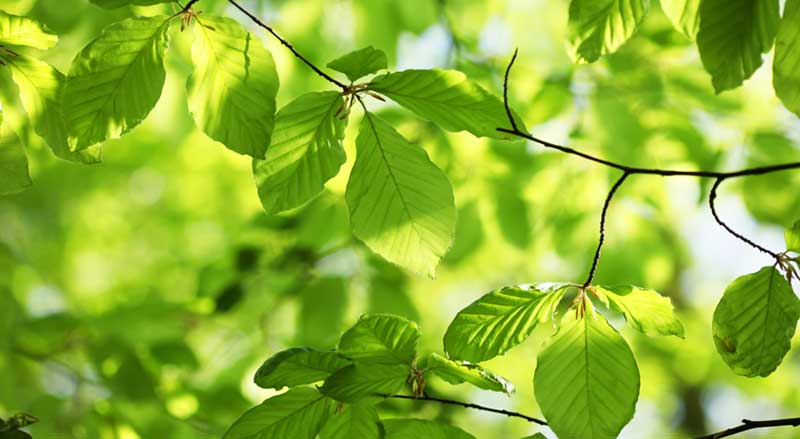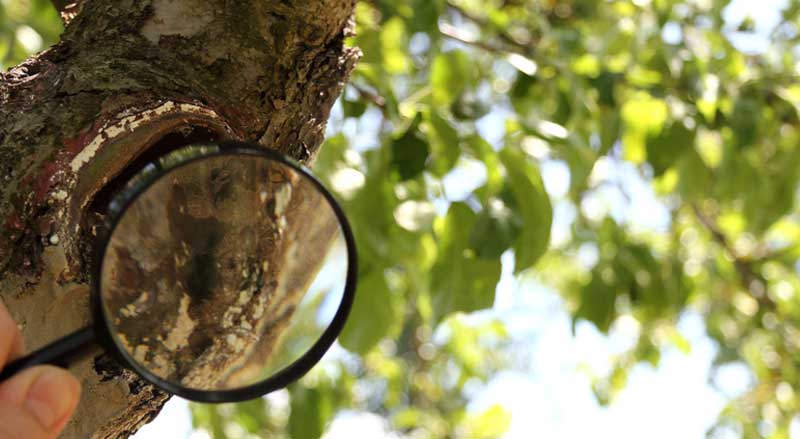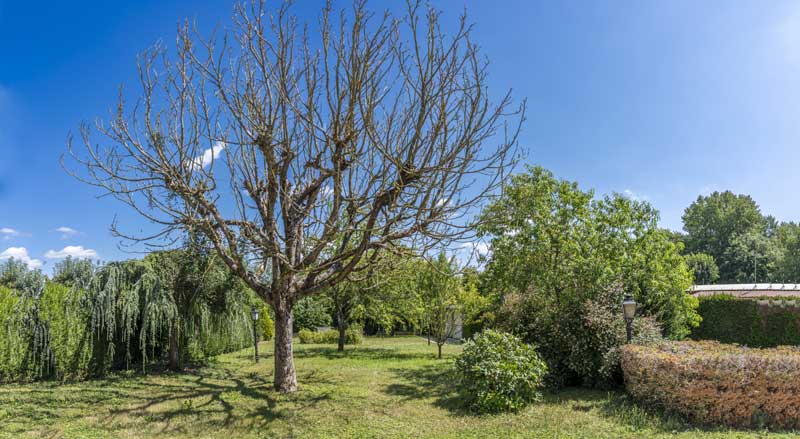New Jersey’s beautiful beech trees are in trouble. A mysterious and aggressive illness known as Beech Leaf Disease (BLD) is spreading rapidly through the state, posing a significant threat to both native and ornamental beech trees. Whether you have a single beech tree in your yard or live near a wooded area filled with them, this threat is real, and now is the time to act.
At Trees Unlimited, we’re urging all New Jersey property owners to inspect their trees and call us for a professional evaluation if they suspect trouble. Here’s what you need to know to recognize beech trees, spot signs of the disease, and take steps to help protect your landscape.
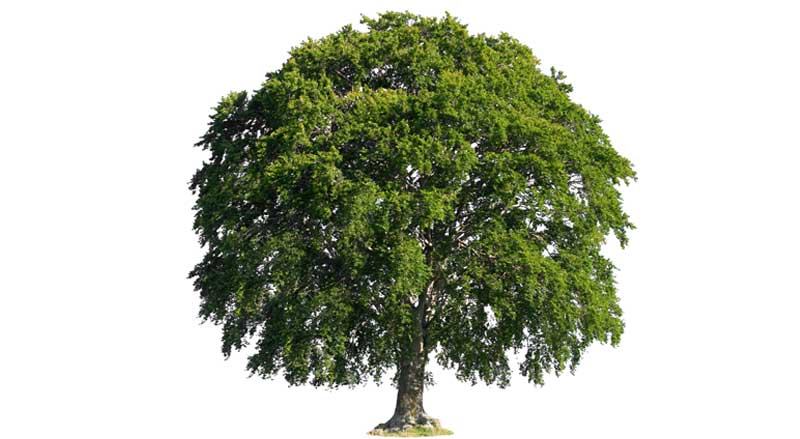
What Does a Beech Tree Look Like?
Beech trees are distinctive and relatively easy to identify once you know what to look for:
- Bark: Smooth, silvery-gray bark—often compared to the texture of elephant skin.
- Leaves: Oval-shaped, with pointed tips and small, saw-toothed edges. They’re deep green in summer and turn golden bronze in fall.
- Branches: The canopy spreads wide and low, with dense, horizontal branching.
- Nuts: In late summer or fall, mature beech trees produce small, triangular nuts encased in spiny husks.
In New Jersey, the two main types are common:
- American Beech (Fagus grandifolia) – native, with long-lived stature and substantial ecological value.
- European Beech (Fagus sylvatica) – is often planted as an ornamental tree in parks and yards.
If you have one of these majestic trees on your property, it’s worth taking a closer look.
What Is Beech Leaf Disease?
A microscopic, parasitic worm-like organism causes Beech Leaf Disease, called a nematode (Litylenchus crenatae mccannii). These nematodes burrow into leaf buds and tissue, disrupting the tree’s ability to grow healthy leaves. Once symptoms appear, the disease can progress quickly, especially in young trees and saplings.
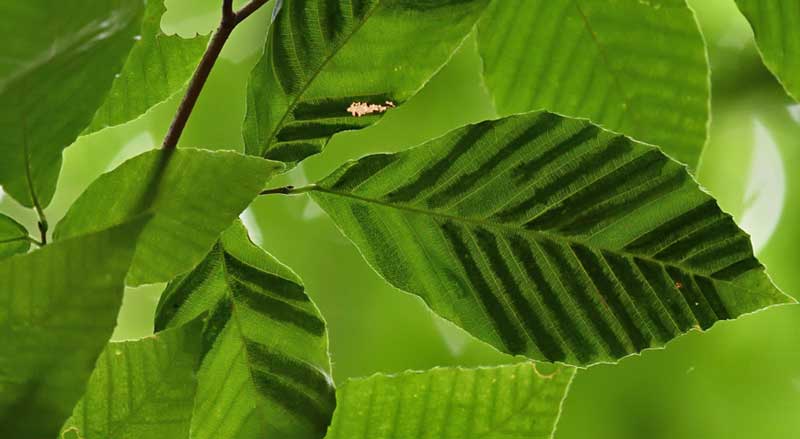
Signs of Beech Leaf Disease to Watch For
- Dark bands between the leaf veins, especially on the underside of the leaf
- Curling or puckering of the leaves
- Thicker, leathery leaves that don’t appear healthy
- Early leaf drop or a patchy, thinning canopy
- Reduced bud development and branch dieback in advanced stages
Infected trees may decline over several years, while young beech trees can die in as little as two to five years.
Why This Matters for Homeowners in New Jersey
Beech Leaf Disease has been confirmed in counties across New Jersey and is continuing to spread rapidly. Once a tree shows signs of the disease, there is currently no known cure; however, early intervention can slow its progress, improve the tree’s health, and prevent its spread to nearby trees.
Beech trees are a vital component of the local ecosystem. They provide:
- Shade and aesthetic value in neighborhoods and parks
- Food for wildlife, including birds, deer, and squirrels
- Strong root systems that stabilize soil and reduce erosion
The loss of these trees can lead to long-term changes in your landscape and impact property values.
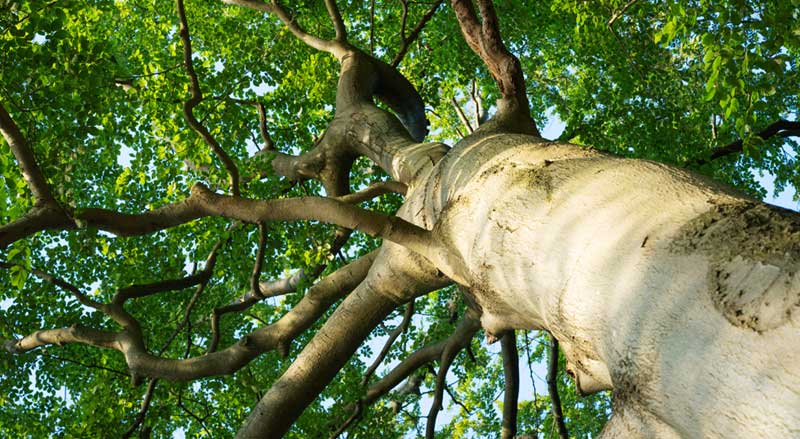
What You Can Do to Help
- Inspect Your Trees
Now is the perfect time to examine your trees. Look up into the canopy, check the undersides of leaves, and note any odd leaf patterns or thinning foliage.
- Call Trees Unlimited for a Professional Evaluation
Our certified arborists can assess your tree’s health and recommend the best course of action. Whether that’s pruning, soil treatment, or—in severe cases—safe removal, we have the tools and experience to help.
- Avoid DIY Treatments
Not all treatments are effective, and some may do more harm than good. Beech Leaf Disease is complex and requires a science-based, targeted approach.
- Support Tree Health
Healthy trees are better able to resist pests and diseases. We recommend mulching (without piling against the trunk), proper watering during dry spells, and avoiding damage to roots or bark.
- Report Suspected Infections
If you live near woodlands or public parks, you can help researchers and forestry officials by reporting suspected BLD sightings. Ask us how.
How Trees Unlimited Can Help
At Trees Unlimited, we’ve been serving New Jersey homeowners and businesses for decades with expert tree care and disease management. If you suspect Beech Leaf Disease—or simply want peace of mind—call us for:
- Tree inspections and health evaluations
- Customized treatment plans
- Safe and strategic pruning
- Removal and replanting, if necessary
Our goal is always to preserve the health of your trees whenever possible and protect your property investment.
Don’t Wait—Protect Your Beech Trees Today
Beech Leaf Disease is not going away anytime soon, and the longer it goes unchecked, the greater the damage. Your trees may be silently suffering right now, and early action could mean the difference between saving or losing them.
Contact Trees Unlimited today to schedule an inspection or speak to one of our certified arborists.
Contact us now or complete our contact form to get started.

